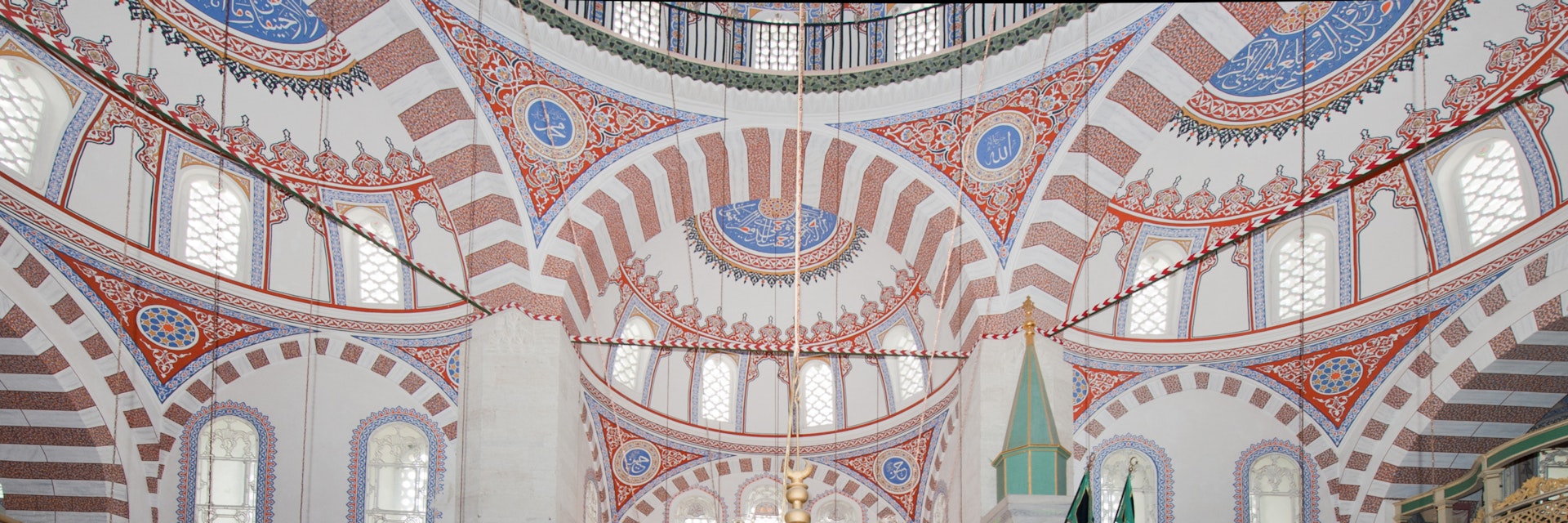This is one of the two great ФАstanbul mosque complexes designed by Mimar Sinan. Though not as spectacular as the ГЇУМБєБ№ВтГОВЙВдОБВтБ№, it was designed to a similar plan and built in a similarly commanding location. Its extensive АьУМБєБєОБВтБ№ (mosque complex) includes a now decommissioned hamam on Dr Fahri Atabey Caddesi and, closer to the mosque, an imaret (soup kitchen), medrese (Islamic school of higher studies), ЛхВЙАљУМХХОБДкВЙ (hospital) and han (caravanserai). All were being restored at the time of research.
The mosque was built on УskУМdar's highest hill in 1583 for Valide Sultan Nurbanu, wife of Selim II and mother of Murat III. Nurbanu had been captured by Turks on the Aegean island of Paros when she was 12 years old, ending up as a slave in TopkapФБ. The poor woman had a lot to bear т first being kidnapped and then taking the fancy of Selim the Sot. But she was his favourite concubine and became a clever player in Ottoman politics. The KandФБnlar SultanatФБ (Rule of the Women), under which a succession of powerful women influenced the decisions made by their sultan husbands and sons, began with her. Murat adored his mother and on her death commissioned Sinan to build this monument to her.
The mosque is in the neighbourhood of Valide-i Atik, up Hakimiyet-i Milliye and Dr Fahri Atabey Caddesis.








